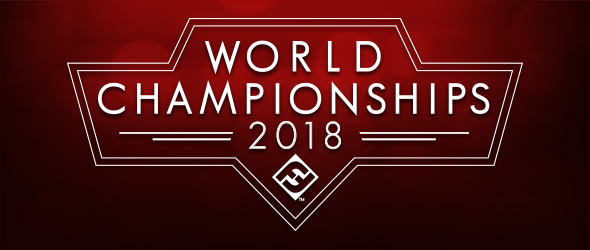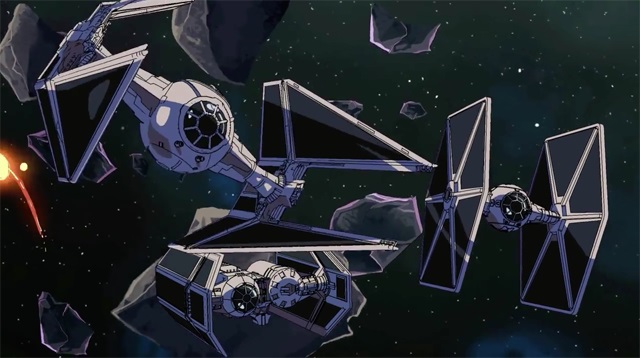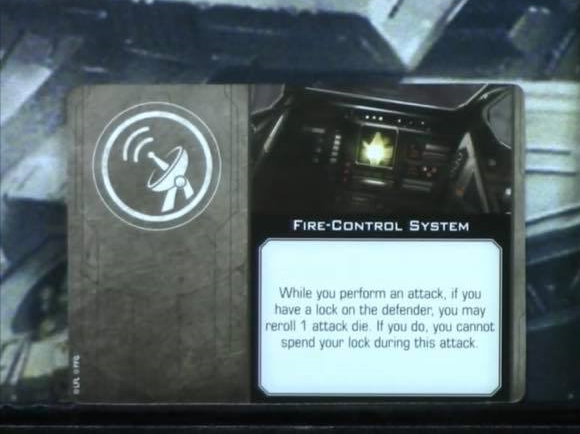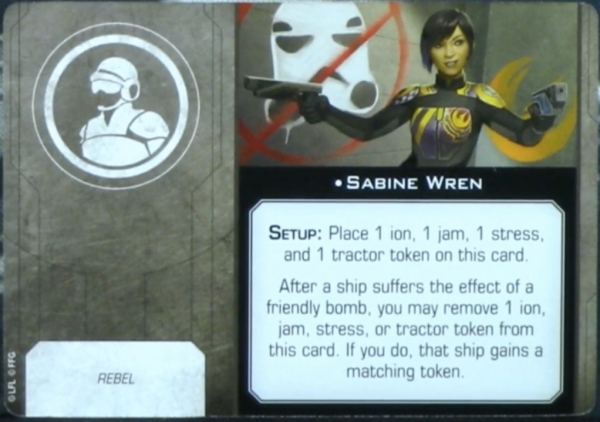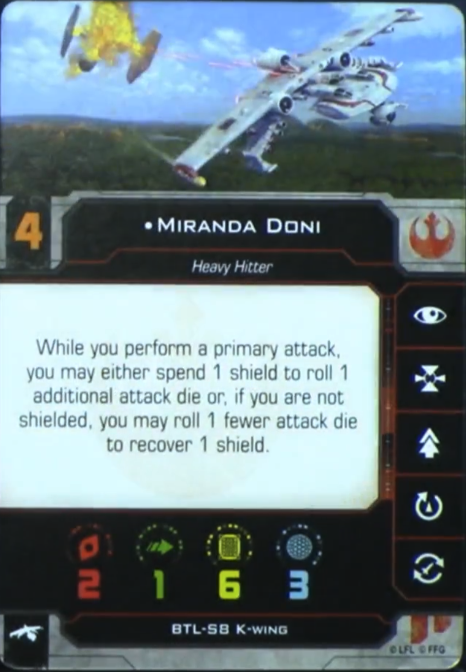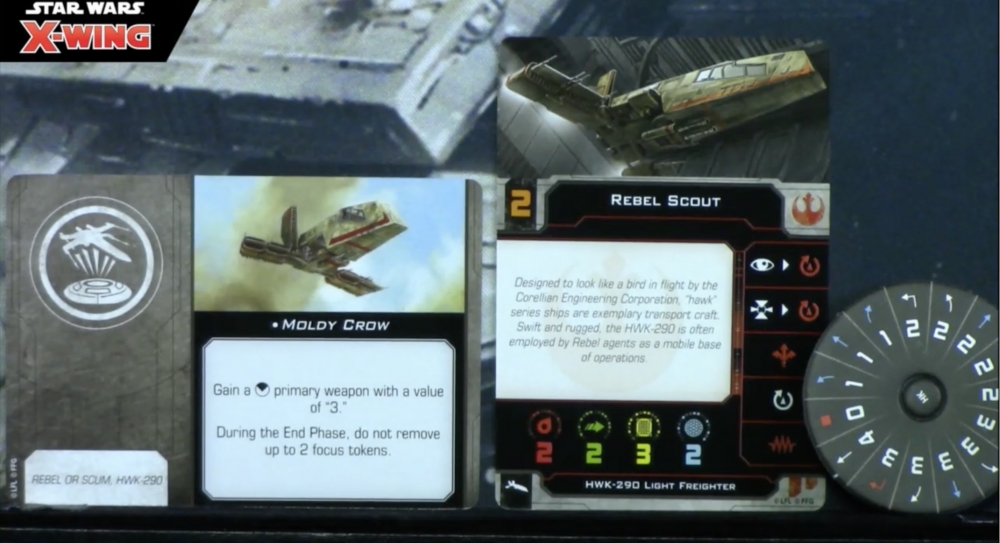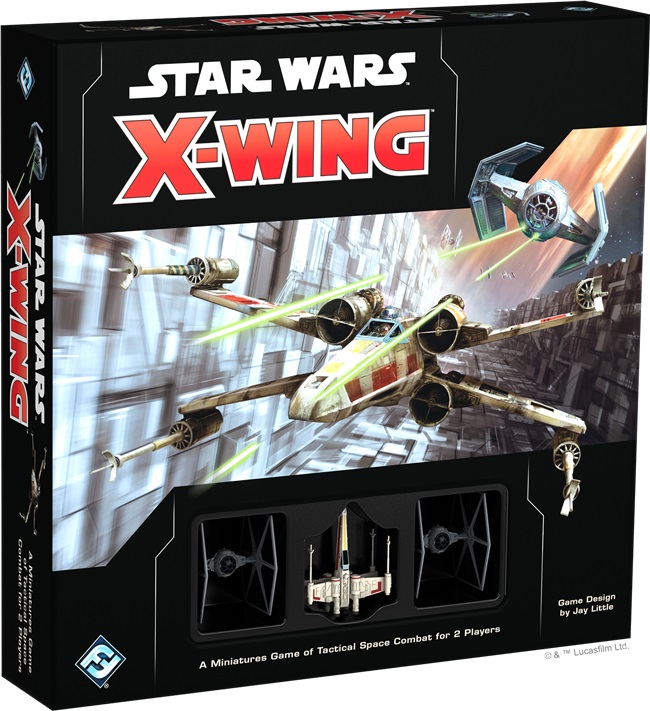X-Wing: Generic Resurrection
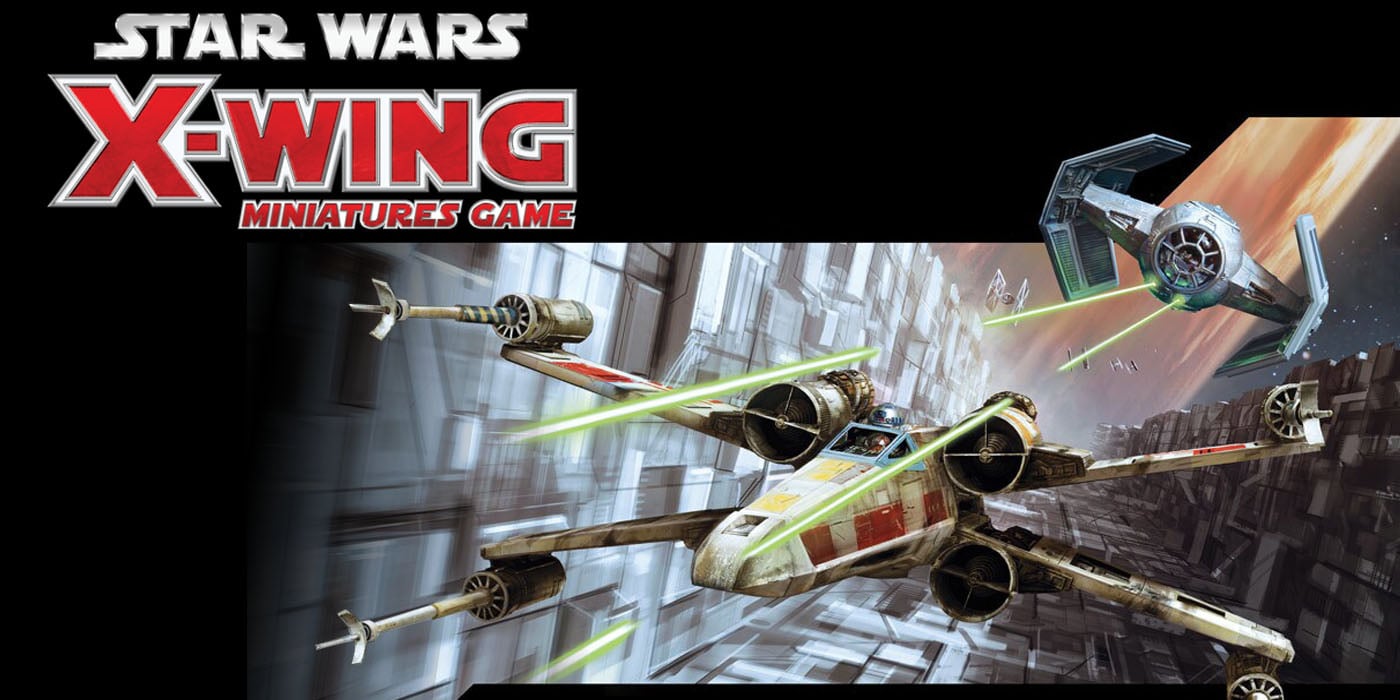
ChahDresh details how FFG is going all-out to make your games of X-Wing a little more populous. Generics ahoy!
We’re still poring over FFG’s preview material for X-Wing 2.0. I was just starting to get a grip on my thoughts about the preview articles when FFG dumped its livestream on us. Back to the drawing board!
Back to Basics
I don’t intend to go through it in tremendous detail—not right now, anyway—but I do want to pick out the biggest theme I saw. One of the stated goals of the new edition is to put more of the emphasis back on ship-flying and maneuvering. It’s plain to see one of the ways FFG is approaching this goal: upgrade cards and firepower abilities are collectively getting hit with the nerf bat. And not just a nerf-bat love-tap, either; this is a deliberate and global de-powering.
Power creep, as I’ve written before, is hard to avoid, and some amount of it is close to inevitable. If we assume natural variation in releases–with some new ships and cards being less powerful than the status quo and some being more–the new stuff above the curve drives the motion of the curve. FFG’s increasing willingness to take steps to rein in outliers can limit how extreme this trend becomes, but the trend is still plain to see. The progressive vanishing of generic pilots is the symptom.
Upgrades vs Bodies
A tension is built into the structure of the game: the tension between more upgrades and more ships, between the value of having bodies on the board and the value of having more capable bodies. Over time, this tension has veered far into the direction of upgrades. In this year’s Worlds, generic pilots were few and far between, the culmination of a trend that’s been developing for years. The number of upgrade slots per ship has been increasing over time, a clear recognition of upgrade availability and variety being key to a ship’s power. When FFG finally resolved to nerf the Jumpmaster, they did so by hitting not its price tag, but its upgrade bar.
The strongest evidence, though, is in the generic pilots that survived the longest. They were ships that got their power from upgrades: TLT Y-Wings, Crack Shot TIEs, Emperor-caddy Omicrons, Contracted Scouts (particularly pre-nerf), and Missile Boat Nus. The significance of these ships is the economy with which they can deliver powerful upgrade cards. That is to say, the Y-Wing was the most efficient way to deliver Twin Laser Turrets, TIE Fighters were the most efficient way to deliver Crack Shot, and Scouts were the most efficient way to deliver any darn upgrade that tickled your fancy. It was the upgrades that were driving the choice of ship, not vice versa. It’s very similar to how Push the Limit has driven our analysis of ship dials rather than the other way around.
This trend was especially crushing for filler ships like Bandit Zs and Academy TIEs. The ever-rising importance of upgrade cards undermined the rationale for filler ships: Why yes, there *was* something I could do with those few points that’s better than another body! This is doubly true in an environment with such heightened offense that filler ships could trivially be one-shot. A Ghost with Ezra and Maul, in fact, would be expected to one-shot a TIE Fighter, and could do so without even using an action.
This, too, was a problem for generics: not just the spiraling firepower that made them so vulnerable to alpha strikes, but the ability to do so independent of actions. The classic move of the swarm was to force a valuable enemy into a bump with a low-value swarm ship because the ace needs its actions more than the swarm needs one of its members; in a rock fight, the guy with more rocks wins. The fewer actions a ship needs, on the other hand, or the more it can get its actions anyway, the less useful bumping is and the less value a swarm ship can bring.
Never mind the horrors that Harpoon Missiles and Trajectory Simulated bombs inflict on generics, especially swarms.
Return of the Generic?
None of this, I expect, is controversial; we’ve been watching it happen. It’s well-documented. Unfortunately, within the constricts of X-Wing 1.0, there was nothing to be done about it. If FFG were to, say, just start releasing less-powerful upgrade cards, it wouldn’t help; the less-powerful upgrade cards would be ignored in favor of the better ones. (How are those Synched Turrets doing, eh?) Releasing some sort of generic-only or swarm-oriented universal title would serve mainly to further spiral the power creep.
No, what was needed to help bring generics and swarms back was a global de-powering: a large-scale de-emphasizing or devaluing of offense in general, upgrade cards in specific, and action-independent offensive upgrades in particular.
And that’s what we’ve seen in everything FFG has shown us. The new Predator is the most obvious example: still action-independent, but no preying on low-PS ships, and it only works if you bullseye the target. (I’ve decided to verbize “bullseye” because it’s easier than saying “catch the target in your bullseye arc”. I hope we can make this common practice, not least because it’s fun to say.) That’s a lot harder to achieve, and turrets can only do it facing forwards, which is where a minority of their shots come from.
Crack Shot and Marksmanship, like Predator, rely on bullseying your target. Fire Control System got its power hugely reduced: it relies on you having a target lock in the first place, and grants an effect substantially less powerful than its old self. Advanced Sensors, too: the restriction on “no more actions” means you can’t take advantage of Coordinate; you can’t use linked actions; you especially can’t do the old AS trick of Pushing off your AS action into a green maneuver to clear your stress. Nope! The power of AS is down big this time around.
So Many Changes!
So many current favorites took a pummeling. The Emperor, Sabine, most bombs (especially Bomblet Generator!) all took hits to their functionality. Even ones that were fringier—like Jabba—were changed so that you have to actually, like, keep them alive and stuff, and usually with charges or range restrictions.
It’s not just upgrades. The famous photo of the new Falcon’s base is another example. The YT-1300 appears to have a version of the Lancer’s mobile firing arc (two arcs pointing 180 degrees from each other). This is, functionally, a firepower nerf: not only can a Falcon now be arc-dodged, but it adds to the action burden of the turret ship. Sure, it can rotate the turret to ensure it has a shot-but now it has no action to boost that shot or defend itself. If the big ship repositions to get the enemy in arc, it is in the same predicament-no action to boost the shot. Most of the action economy we’ve seen to date has been external, in the form of coordinate actions, but flying in formation (to benefit from coordinate) works contrary-wise with arc-dodging.
Other examples of nerfed firepower abound. The TIE Phantom’s attack value famously dropped from 4 to 3. Compare the current wording of Advanced Targeting Computer to the new text on the TIE Advanced: instead of adding a crit result, you add a die, and turn a hit to a crit. In other words, the Advanced loses half of a hit (or a quarter of a hit if focused). Look at all the linked actions we’ve seen: all of them feature a repositioning action as one component. We have yet to see the deadly focus-lock combo. If linked actions drive a stake through the heart of Push the Limit (as FFG more or less stated during the live stream), that combo may be lost altogether without the help of Coordinate. The Ghost’s firepower got double-nerfed: its end-of-round shot is rear-arc only, while its rear-arc shots are limited to the attack value of the docked ship. And don’t even begin about Miranda!
Look at the ordnance we can see: while they don’t say “Spend your target lock”, implying that maybe you can keep it, they also have lost their accuracy-boosting effects, and Concussion Missiles lost a die. (And if you do have to spend your token standard, well, there you go.) Ion Torpedoes no longer deal dice for damage, maxing out at one, and the ion effect is dependent on how many hits you got. The heavy laser cannon is still around—but only works in the bullseye.
The changes are to more than firepower: they also take aim at your action bar. Expert Handling, Engine Upgrade, and Tactical Officer all, at present, put an additional icon on your bar. In 2.0, they merely reduce the difficulty of those actions from red to white. That means you can’t grant new actions to ships that just can’t do them. (No boosting Decimators, for example.)
There are plenty more examples, but this should suffice to sell the point: just about everything, especially things that boosted offense or granted action economy, got weaker!
You may be objecting at this point: Hey, not *everything* got weaker. The HWK got buffs to its firepower, available actions, dials, and even durability. The Lambda got a rear arc shot and more actions to take. The YT-2400 and TIE Defender both saw their common titles baked into their base ship; the 2400’s new effect, in fact, is arguably more powerful than Outrider-plus-HLC. (It has pros and cons.)
What Does it all Mean?
All of those things are true. Pause a moment, though: what we’re saying is that the base capabilities of certain ships went up, while the effects of nearly all upgrades were diminished. What is the net of those trends? For my money, two things:
- Upgrades are less impactful than they were previously, meaning that ships are more defined by their base capabilities than at present.
- The overall reductions in action economy and offensive firepower make taking actions by the normal means much more important.
And those two results lead to two conclusions:
- Blocking is more damaging than at present
- Skipping upgrades is more reasonable because upgrades are proportionately less impactful
Leading to our final conclusion:
- FFG wants you to fly bigger squads with more generics.
Only time and points costs will tell if that ambition will be satisfied. If upgrades’ points costs are proportionately similar to where they are now, but with these new much-reduced effects, this may very well happen.
~Or, to put it another way: If this doesn’t bring TIE Swarms back it’s hard to imagine what will.


